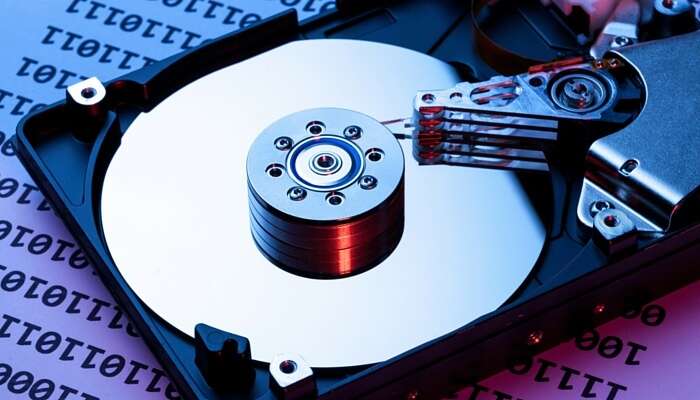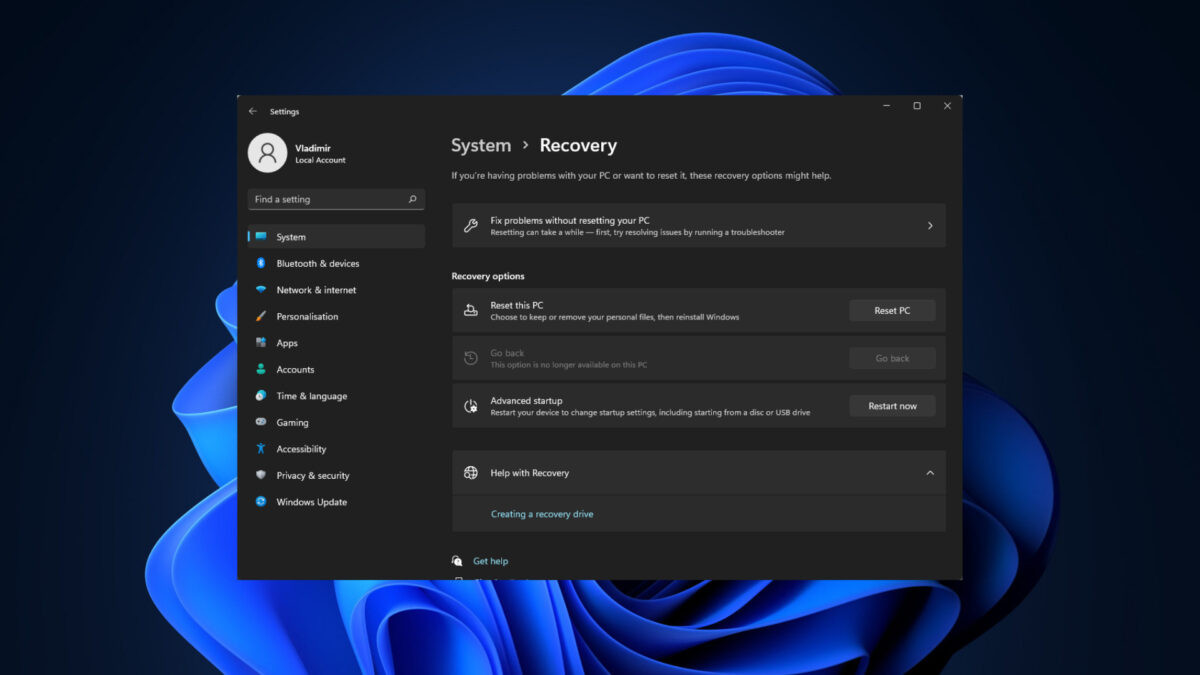Data is king. In today’s digital world, where everything is connected through the Internet, there’s a constant risk of losing data. Whether it’s a file stored on a drive that crashes or important documents that get misplaced, the risk of losing important data is high. Data can be lost for many reasons, such as system corruption, power outages, natural disasters, or human error. If you find yourself in one of the following scenarios, it’s time to learn about data recovery and how to deal with your situation.
Recovery is an art and a science. It requires a combination of technical knowledge and problem-solving skills. The first step is identifying the potential causes of data loss and how to prevent it from happening again.
Your System Crashes
If your system crashes, it’s always best to get in contact with a professional as soon as possible. By hiring a professional to diagnose the problem, you can start the data recovery process sooner. The first step is backing up your data so that when you do recover your files, they don’t have any missing parts. It’s important to back up your data periodically and store those backups offsite in case of power outages or natural disasters.
The second step is determining whether you need an external hard drive or laptop to restore the lost data. If you use an external hard drive, make sure that it has enough space for all of your files and that it’s compatible with your operating system. You also want to make sure that there are no other files on the external hard drive that could interfere with the restoration process.
Someone Accidentally Deletes Important Files
If you accidentally delete important files, the best option is to turn off the computer and then turn it back on. This will look like your files are still there, but they’re actually not. Turning off the computer and turning it back on will make them reappear. If this doesn’t work, try looking for data recovery software that specializes in recovering deleted files.
A Power Outage Causes System Damage
If a power outage causes system damage and corruption, the best form of recovery is to prevent it from happening again. You can do this by investing in an uninterruptible power supply (UPS). This will prevent your computer from experiencing any power outages.

A UPS is essentially a battery backup for your computers. It prevents data loss during a power outage by automatically shutting your system down when the voltage drops below a certain level. Another option would be to invest in an uninterrupted power supply (UPS). This is less expensive than a full UPS, but it doesn’t offer as much protection as one.
If you’re already too late, and your system has already been corrupted and/or damaged, there are steps you can take to recover the data. An on-site data recovery service may be able to repair some or all of your system corruption, depending on what type of files were lost and how they were stored.
A Natural Disaster Strikes your Home
If you’re unable to get to your data because of a natural disaster, it’s important to be prepared for when the power goes out. If you have a backup generator, use it as soon as possible to avoid losing all data. You should also make sure that your computer is never connected directly to the mainframe at any time, but always through a surge protector.
Human Error Causes Data Loss
Sometimes data loss can be caused by an accident or mistake. One of the most common reasons for data loss is human error. It can happen if someone accidentally deletes a file, renames it, loses access to it, or reformats a disk drive. The first thing you should do in this case is trying to find out what happened. Did someone delete your files? Did you lose access to them? Was your computer hacked and the files encrypted? Once you know what happened and why then you can take the appropriate steps to undo the damage.
Data Can be Physically Erased From a Storage Device
Data can be physically erased from a storage device, such as a hard drive if it’s formatted or deleted incorrectly. You should always use the disk utility to format your hard drive before using it. Formatting will clean the disk and allow it to be reused without data loss. If you’re formatting a drive that contains important data, make sure you back up the data first.
Data can also be erased by things like fires, floods, earthquakes, power outages and human errors. When this happens you should contact your local IT professional for help with recovery.


